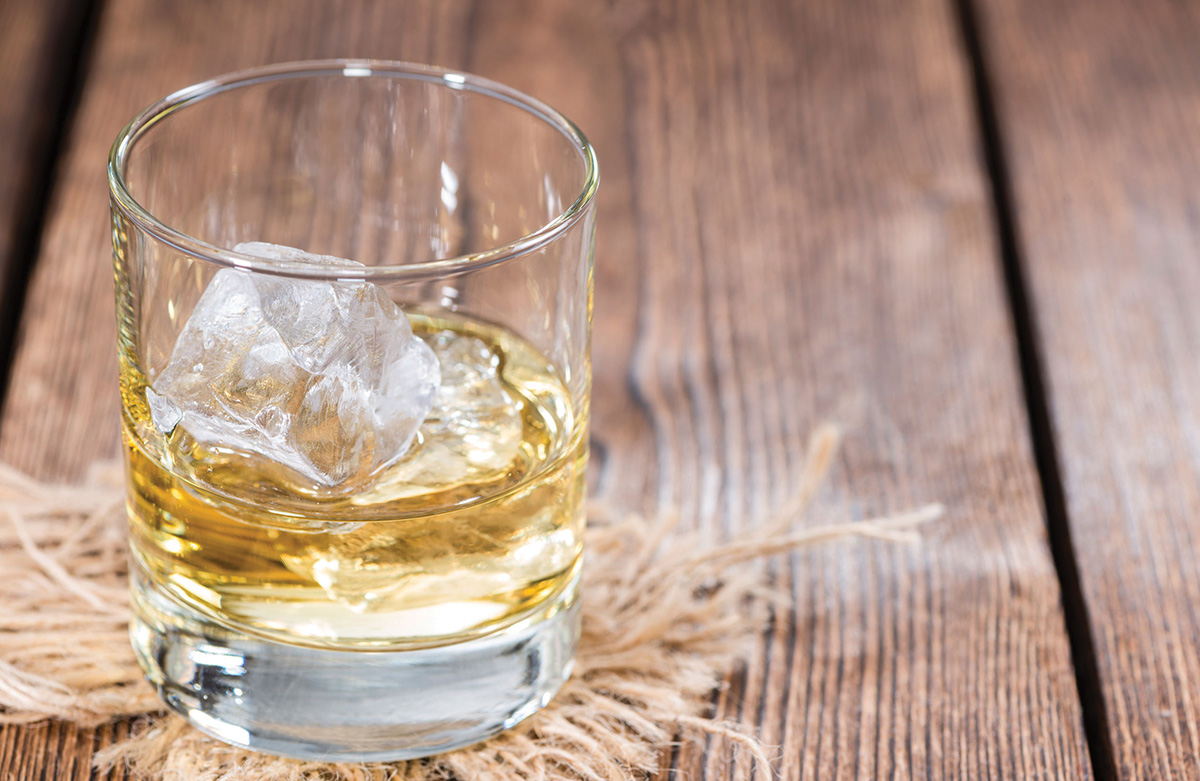 Similar spellings aside, American Schnapps and European Schnaps couldn’t be more divergent spirits. The domestic version is characterized as alcoholized and artificially flavored syrup used to sweeten and color cocktails. Ones baring passports from Austria, Germany or Switzerland fall into two categories; crystal-clear artisan brandies and neutrally flavored grain alcohol infused with tart fruits, blended herbs or tree nuts. The universal popularity of Schnaps in German-speaking countries and Scandinavia is due largely to their cold abating properties. As the warming shot circulates through your body, you’ll feel as cozy as spooning panda cubs. There are 3 broad varieties from which to choose:
Similar spellings aside, American Schnapps and European Schnaps couldn’t be more divergent spirits. The domestic version is characterized as alcoholized and artificially flavored syrup used to sweeten and color cocktails. Ones baring passports from Austria, Germany or Switzerland fall into two categories; crystal-clear artisan brandies and neutrally flavored grain alcohol infused with tart fruits, blended herbs or tree nuts. The universal popularity of Schnaps in German-speaking countries and Scandinavia is due largely to their cold abating properties. As the warming shot circulates through your body, you’ll feel as cozy as spooning panda cubs. There are 3 broad varieties from which to choose:
Obstbrand (fruit brandy) is Bavarian-style liquor distilled from fermented fruit; traditionally Apfel (apple), Kirsch (Morello cherry), Marillen (apricot), Williams Birnen (pear) and Zwetschgen (plum). They start life at a cringe-worthy 130 proof, but are then diluted with spring water until they settle between 80 and 100 proof. Schladerer Schwarzwälder Distillery, with their regal red wax seal bottles, produce all the obligatory flavors, many of which have jammy aromas that make them as playful as puppies…but will deliver a bite like a police dog.
Obstgeist (fruit spirits) are made from sour fruits or nuts with low sugar content which would make them unsuitable for natural fermentation. Himbeergeist by Hausschnaps Bauer is one example of an infusion of ripe raspberries macerated in grain alcohol and aged before processing and bottling to extract a heady aroma. The same process applied to walnuts creates Nubschnaps (nut schnaps) and Pircher Nussler’s version follows a recipe hundreds of years in the making. Meanwhile, Sporer Feiner gets creative by adding cacao nibs to their formula.
Kräuterlikör (blended herb liqueur) was used by medieval physicians to treat ailments as diverse as gastritis to labor pains, making it difficult to discern the very ill from the very drunk. Jägermeister is a familiar example, though Alpenwolfe is a less viscous and therefore more palatable style that’s comparable to dissolving Ricola drops in vodka. A former rival of Absinthe, Escorial Grün packs a mean juniper and peppermint punch and is so potent it remains flammable even when served on the rocks.
In the end, Schnaps are incredibly versatile and often used as appetite-stimulating aperitifs, propellants in flambés, ingredients in desserts, post-dinner digestifs or celebratory shots served in delicate stemmed glassware. Locally, scour liquor retailers for bottles with muted labels and higher pricepoints, and if you’re in need of a Deutsche-English dictionary to make sense of it all, don’t worry: You won’t be able to pronounce much of anything after a few sips.











